Global Food Security Initiatives
The Glyphosate Market is being positively impacted by various global food security initiatives aimed at increasing agricultural output. Governments and organizations are investing in programs that promote the use of herbicides like glyphosate to enhance crop production. These initiatives are particularly relevant in regions facing food shortages, where efficient weed management is essential for maximizing yields. The market is likely to see growth as these programs encourage the adoption of glyphosate among farmers, thereby addressing food security challenges while supporting sustainable agricultural practices.
Increasing Agricultural Productivity
The Glyphosate Market is experiencing a surge in demand due to the increasing need for agricultural productivity. Farmers are under pressure to maximize yields to meet the food requirements of a growing population. Glyphosate Market, as a broad-spectrum herbicide, plays a crucial role in controlling weeds that compete with crops for nutrients and water. In recent years, the adoption of glyphosate-resistant crops has facilitated its widespread use, leading to an estimated market growth rate of around 5% annually. This trend indicates that glyphosate remains a vital tool for farmers aiming to enhance their productivity while managing costs effectively.
Environmental Regulations and Compliance
The Glyphosate Market is navigating a complex landscape of environmental regulations and compliance requirements. As concerns about the environmental impact of herbicides grow, regulatory bodies are implementing stricter guidelines for glyphosate usage. While this poses challenges, it also drives innovation within the industry as manufacturers seek to develop safer and more environmentally friendly formulations. Compliance with these regulations may lead to a more sustainable glyphosate market, as companies invest in research and development to meet the evolving standards. This dynamic could reshape the market landscape, influencing both production and consumption patterns.
Technological Advancements in Agriculture
Technological advancements in agriculture are significantly influencing the Glyphosate Market. Innovations such as precision agriculture and integrated pest management are being adopted to optimize the use of glyphosate. These technologies allow for targeted application, reducing the overall quantity of herbicides needed while maintaining effectiveness. The market is projected to benefit from these advancements, as they align with the increasing emphasis on sustainable farming practices. Furthermore, the development of new formulations and application techniques is likely to enhance glyphosate's efficacy, thereby expanding its market presence and usage among farmers.
Rising Adoption of No-Till Farming Practices
The Glyphosate Market is witnessing a notable increase in the adoption of no-till farming practices. This method, which minimizes soil disturbance, is gaining traction among farmers seeking to improve soil health and reduce erosion. Glyphosate Market is integral to no-till systems, as it effectively controls weeds without the need for mechanical tillage. Reports indicate that no-till farming can lead to a 30% reduction in soil erosion, making it an attractive option for sustainable agriculture. As more farmers transition to this practice, the demand for glyphosate is expected to rise, further solidifying its role in modern farming.
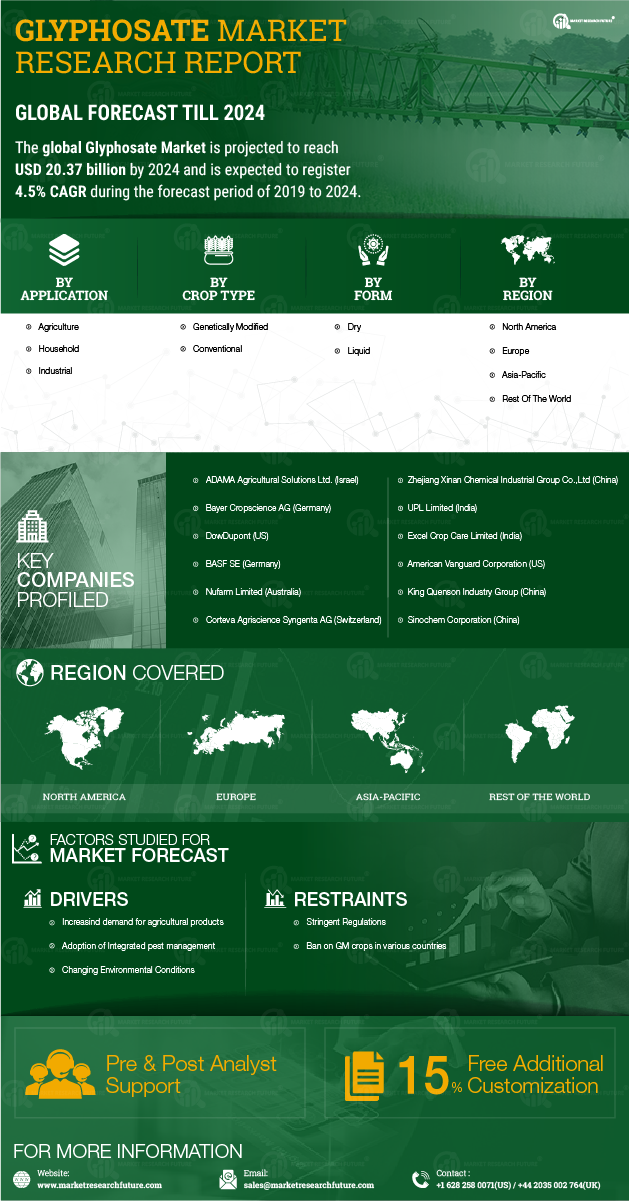

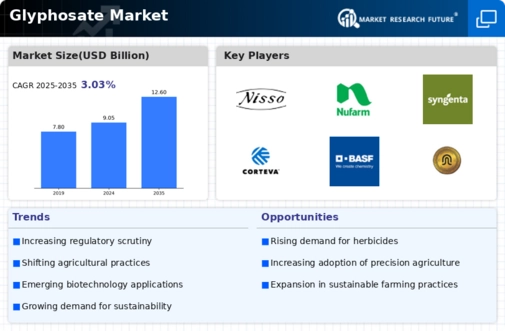
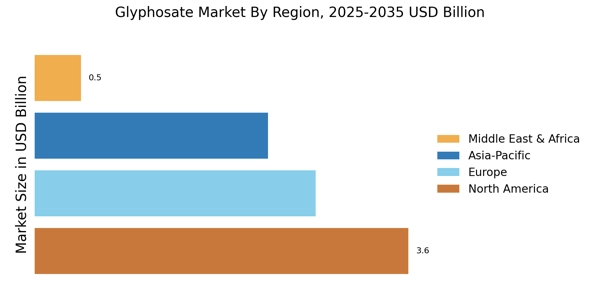


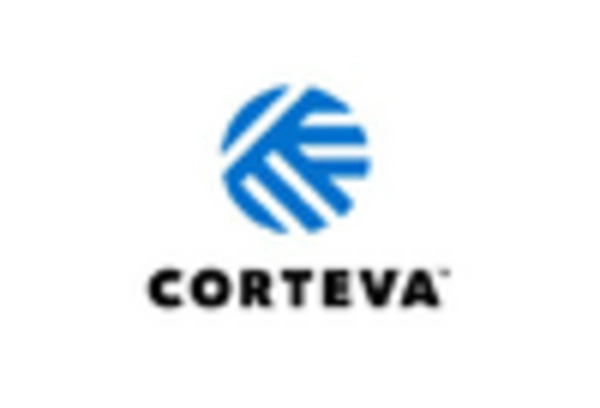
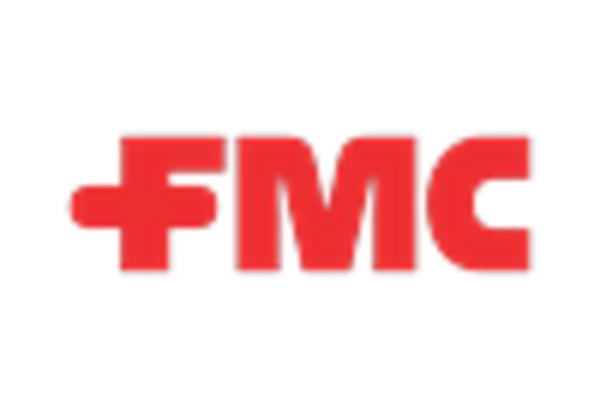
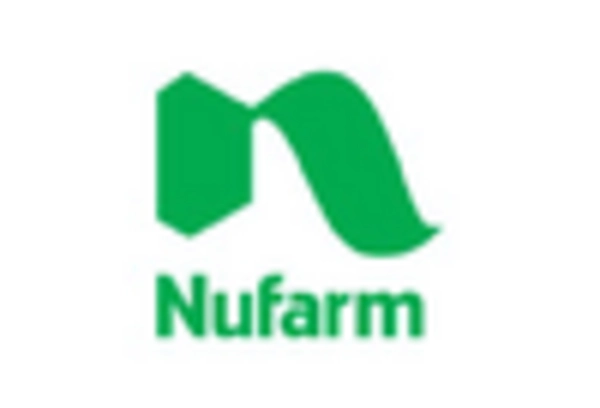
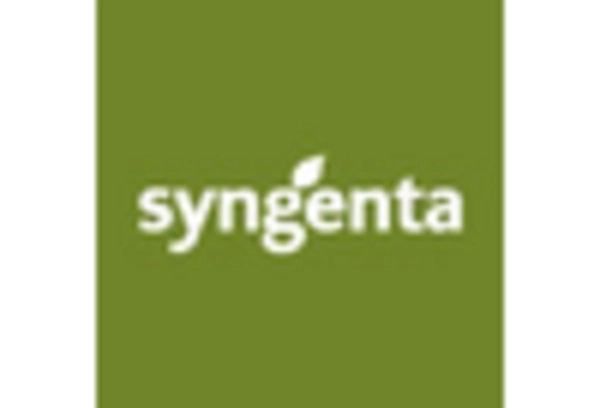








Leave a Comment